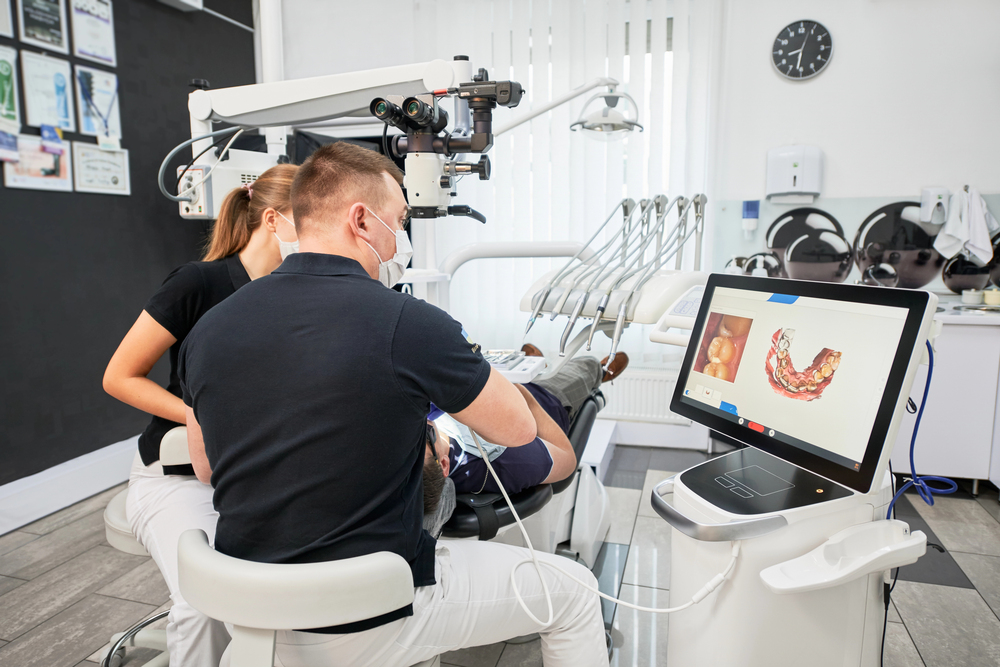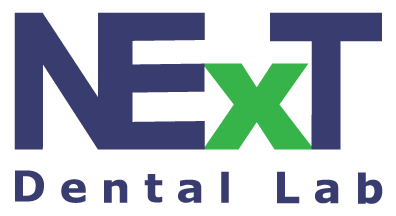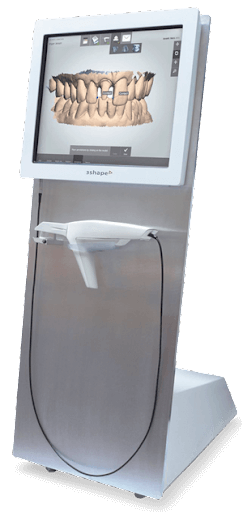For advanced dental practices, diagnostics is a strategy, not a routine. The intraoral vs. extraoral choice shapes data quality, case complexity handling, and collaboration with the dental lab for predictable outcomes.
Intraoral Diagnostics

Intraoral imaging captures high-detail views from inside the mouth using sensors or films placed near the target region. This proximity yields a sharp contrast and fine resolution that reveal subtle lesions and marginal discrepancies.
- Digital bitewings: interproximal caries, overhangs, and secondary decay around existing restorations.
- Periapicals: apical pathology, root morphology, periapical radiolucencies, and localized vertical defects.
- Occlusal views: impacted teeth orientation and arch-level anomaly mapping in mixed dentition.
For endodontics, prosthodontics, and periodontics, intraoral radiographs support precise working lengths, post-space assessment, and early bone changes at a tooth site. Short exposure times and modern sensors streamline acquisition while maintaining diagnostic density.
Extraoral Diagnostics
Extraoral methods place the source and receptor outside the mouth to capture panoramic or craniofacial relationships across a broader field. The value lies in the anatomical context for multidisciplinary planning.
- Panoramic radiographs: impacted third molars, cystic spaces, sinus floor relationships, and generalized bone patterns.
- Cephalometric radiographs: skeletal relationships, growth prediction, airway dimensions, and orthognathic analysis.
- CBCT: 3D volumetric assessment for implant osteotomy planning, proximity to vital structures, TMJ evaluation, and pathologic mapping.
Extraoral imaging supports surgical sequencing, orthodontic mechanics, and full-arch rehabilitation by revealing spatial constraints and risk zones that are not apparent on localized views.
Intraoral vs. Extraoral in Practice
The comparison is about intent and scale. Intraoral excels at micro-level detection where millimeters matter. Extraoral excels at macro-level orientation across arches, sinuses, and joint spaces. Caries risk assessment, crown margin evaluation, and localized defect tracking align with intraoral. Orthodontic planning, implant site triage, trauma assessment, and maxillofacial pathology align with extraoral. When patient comfort or gag reflex limits intraoral tolerance, panoramic bitewings or CBCT protocols can supplement caries detection and bone mapping with acceptable readability.
Combining Modalities for Clarity
The strongest protocols layer both. A symptomatic molar with vague referral patterns can start with periapicals and bitewings to localize a lesion, then move to limited FOV CBCT for crack propagation, cortical perforation, and missed canals. Implant workflows benefit from intraoral scans for soft tissue and margin capture, paired with CBCT for bone volume and safe trajectories, followed by lab integration for prosthetically driven positioning.
Digital Workflows and the Lab
High-resolution intraoral scans feed CAD design while CBCT supplies the surgical envelope. When paired with a full-service dental lab, the pipeline supports guide fabrication, custom abutment design, and predictable occlusion on delivery. Efficient data transfer, consistent scan strategies, and clear RX instructions reduce remakes and shorten chair time. A disciplined protocol for exposure parameters, artifact control, and file hygiene yields cleaner datasets and smoother collaboration.
Ready to Go Digital with a Lab That Gets It?
Partner with Next Dental Lab for a seamless intraoral vs. extraoral workflow that connects clinical intent to precise restorations. Our team supports open-system digital scans and integrates directly with platforms like iTero, 3Shape, Sirona, Medit, Carestream, SHINING 3D, and 3DISC for fast, accurate case transfer.
New accounts can onboard quickly, access $0 scanner offers for qualifying setups, and start scanning and sending cases the same day. Expect responsive specialists, streamlined connections, and predictable turnaround from a full-service lab built for modern dentistry. Register, connect your scanner, and send a case to experience friction-free collaboration.

